Higher classification Southern ape | Phylum Chordata Rank Species | |
 | ||
Similar Southern ape, Australopithecus bahrelghazali, Kenyanthropus platyops, Great apes, Homo gautengensis | ||
Australopithecus deyiremeda is a proposed species of early hominin among those who lived about 3.5–3.3 million years ago in northern Ethiopia, around the same time and place as several discovered specimens of Australopithecus afarensis, including the well-known "Lucy", a juvenile specimen.
Contents
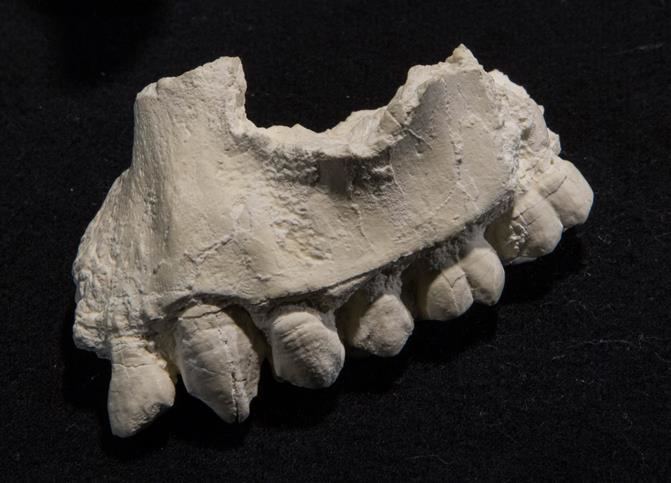
The discoverers believe A. deyiremeda is a new species. If true, some fossils identified as A. afarensis may more properly belong to A. deyiremeda. Some anthropologists have suggested that the identification of A. deyiremeda as a new species requires more evidence than has been obtained thus far.
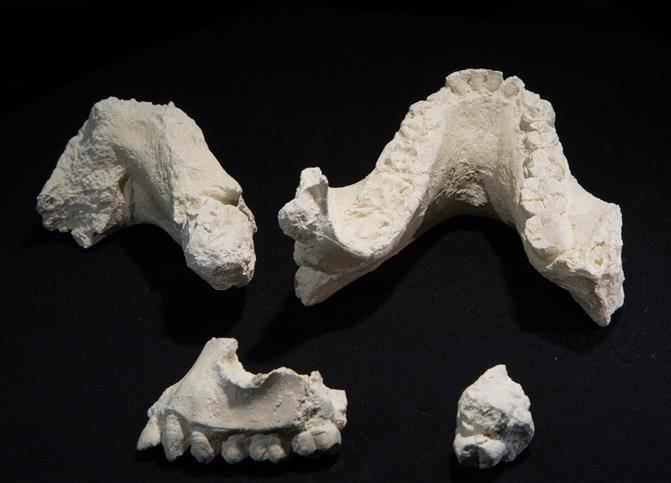
Discovery
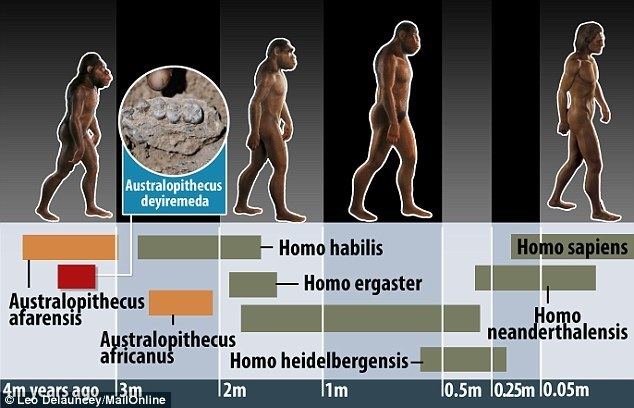
On March 4, 2011, fossils of three jawbones were found in the Woranso-Mille Paleontological Project study area, located in the Afar Region of Ethiopia about 523 km (325 mi) northeast of the capital Addis Ababa and 35 km (22 mi) north of Hadar, Ethiopia (“Lucy’s” site).
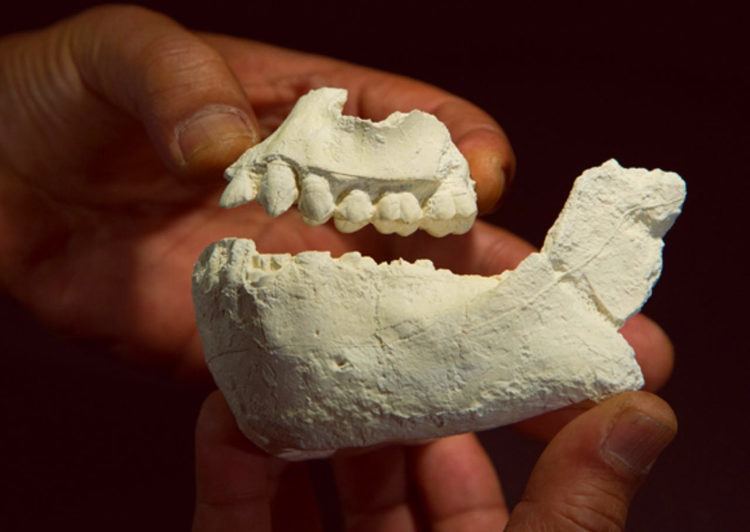
The new specimen fossils—a partial upper jaw, two lower jaws, and some other fragments—were located in sediment dated 3.5 to 3.3 million years ago at Burtele, in the Afar Triangle of Ethiopia, where Lucy, A. afarensis, was discovered in 1974. Sediments surrounding the bones were dated to 3.5 and 3.3 million years old, a time when A. afarensis is known to have inhabited the region. While the new jawbone fossil specimens have some of the same characteristics as Lucy’s A. afarensis species, there are differences: some of the teeth have different root structures, and in general, the teeth are smaller than those of A. afarensis teeth, the cheekbones are more forward-facing, the lower jaw is larger, and some teeth have thicker outer enamel than A. afarensis, suggesting the proposed new species "was probably adapted to harder, tougher, and more abrasive dietary resources" than A. afarensis.
Proposed lineage
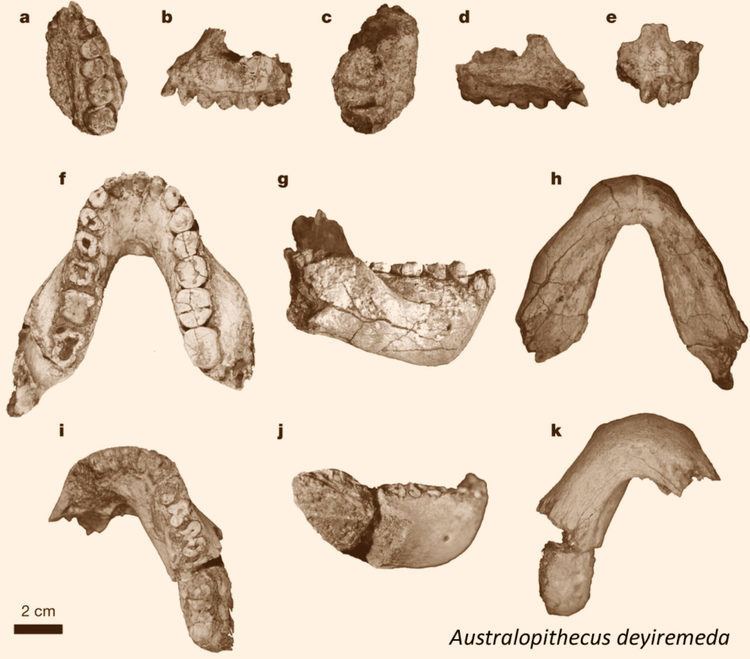
The article author, Yohannes Haile-Selassie, suggests that A. deyiremeda was most probably a descendant of A. afarensis (Lucy's species) and possibly ancestral to a subsequent clade including genus Homo (the human genus) and Paranthropus (often termed "robust australopithecines"). Yohannes, who is also the curator of physical anthropology at the Cleveland Museum of Natural History and who discovered the fossil hand of Ardi, wrote: "The Woranso-Mille study area has thus far yielded more than 120 early hominin fossil specimens dated to between 3.8 and 3.4 million years ago." John D. Hawks at the University of Wisconsin–Madison stated to New Scientist, "If Haile-Selassie is right, I think it's only reasonable to conclude that some unknown number of Australopithecus afarensis skeletal remains actually belong to this new species instead. This means that everything that has been written about variation, function and the anatomy of Australopithecus afarensis from fragmentary remains must now be in doubt."
The name "deyiremeda" means "close relative" in the Afar language.
Cautious opinions
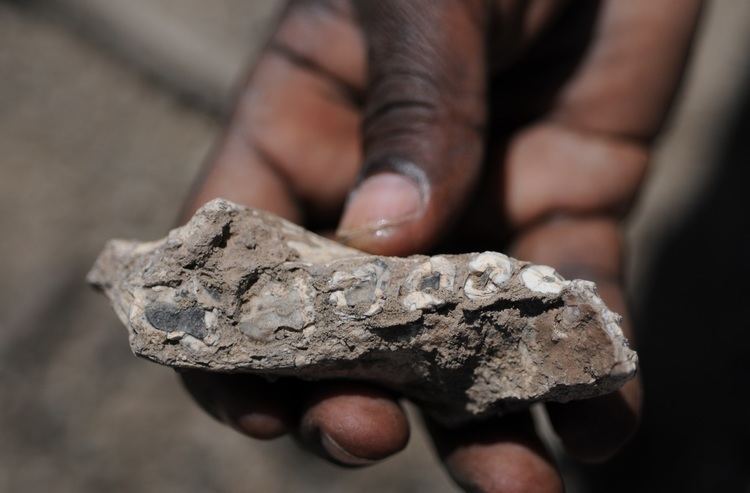
Some anthropologists have called for more evidence before reaching a conclusion that Australopithecus deyiremeda is a new species. Carol Ward of the University of Missouri, Columbia, said that the fossils “do fall outside of the range of variation of any species described so far,” but that more specimens will be needed to make a valid comparison. She says that "Lucy" would have been accompanied by australopithecines adapted to a variety of ecological niches. Tim D. White has argued that more evidence is needed before concluding that the variation in fossils is not merely diversity within Australopithecus afarensis. William Kimbel, a paleoanthropologist at Arizona State University says the distinctions between the specimen and A. afarensis "are pretty subtle."
